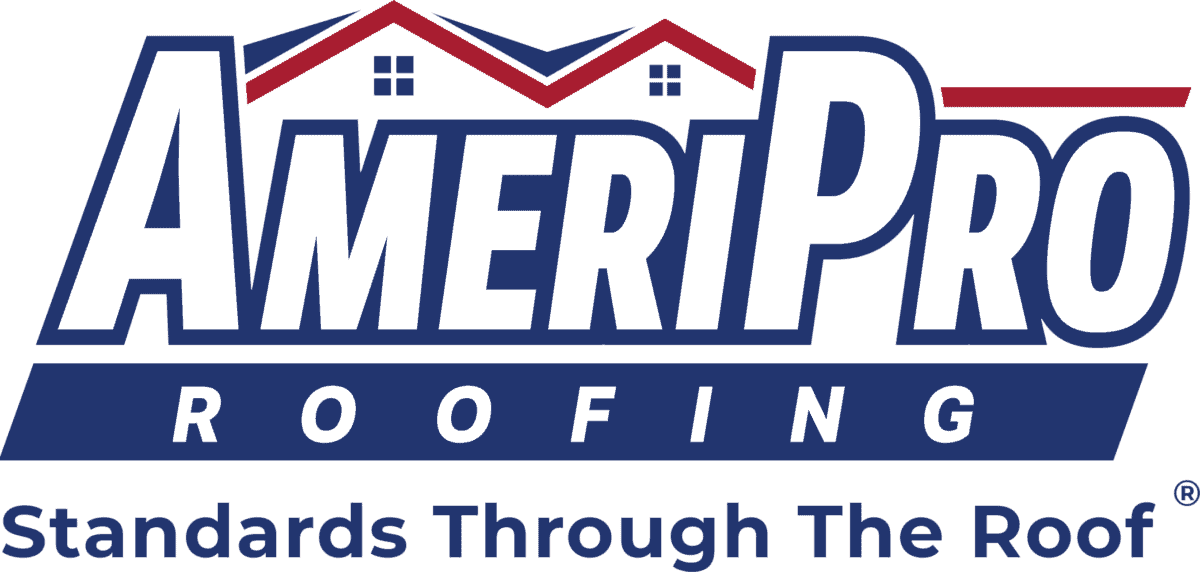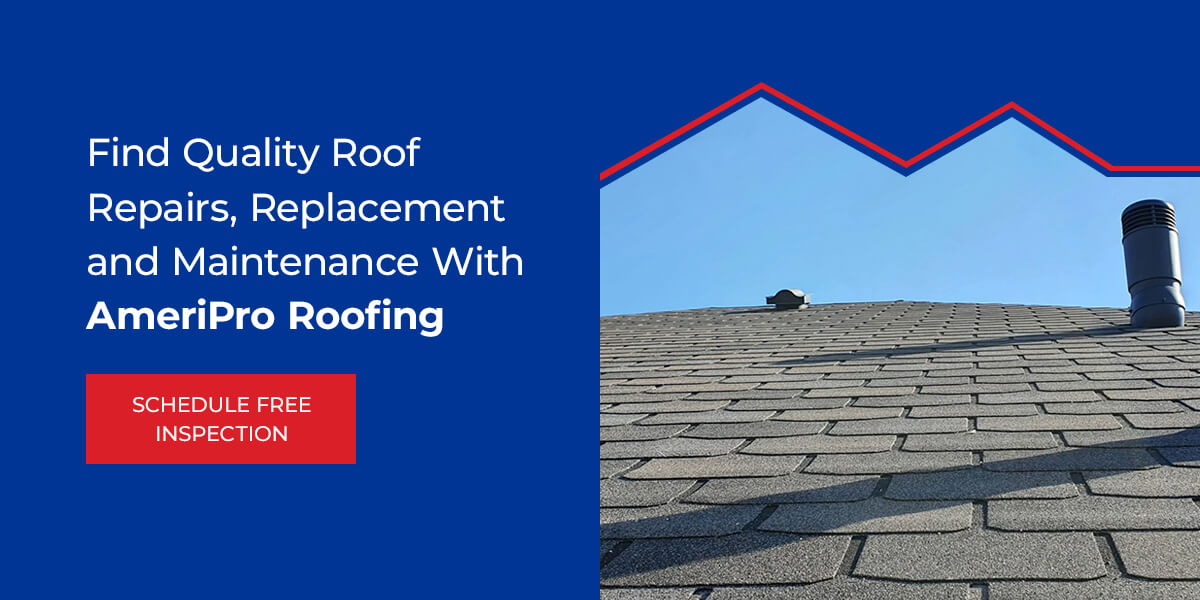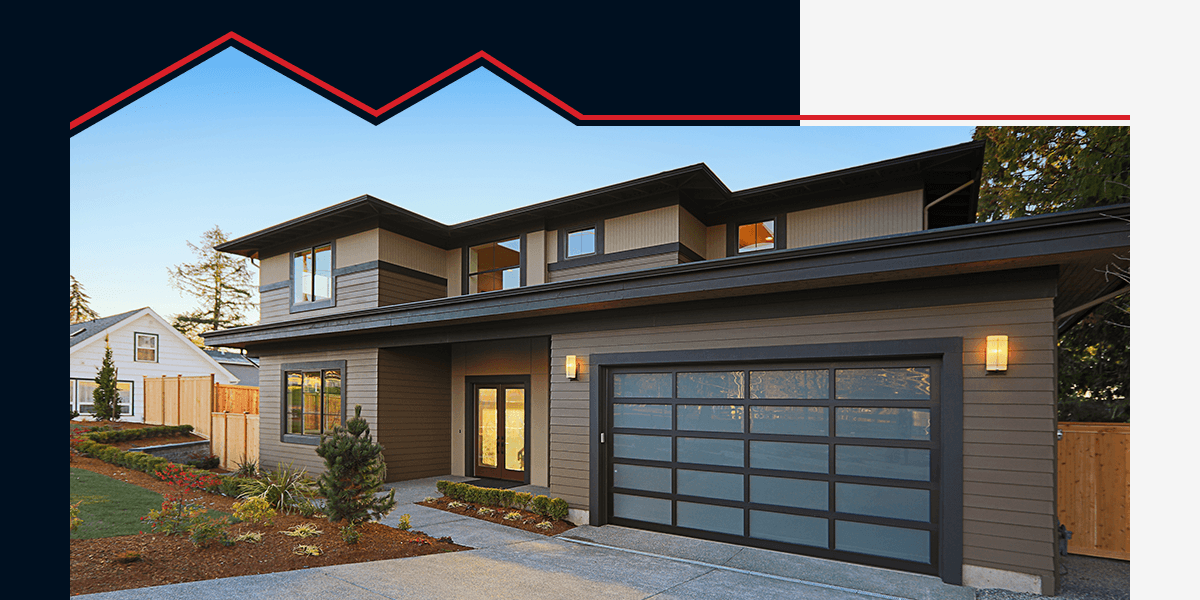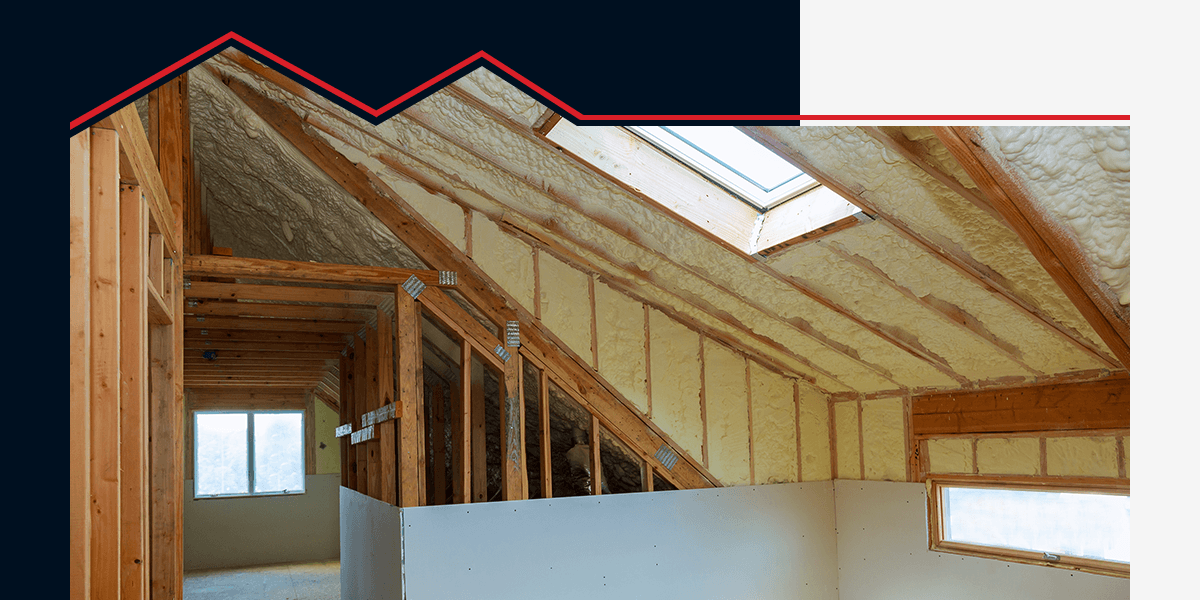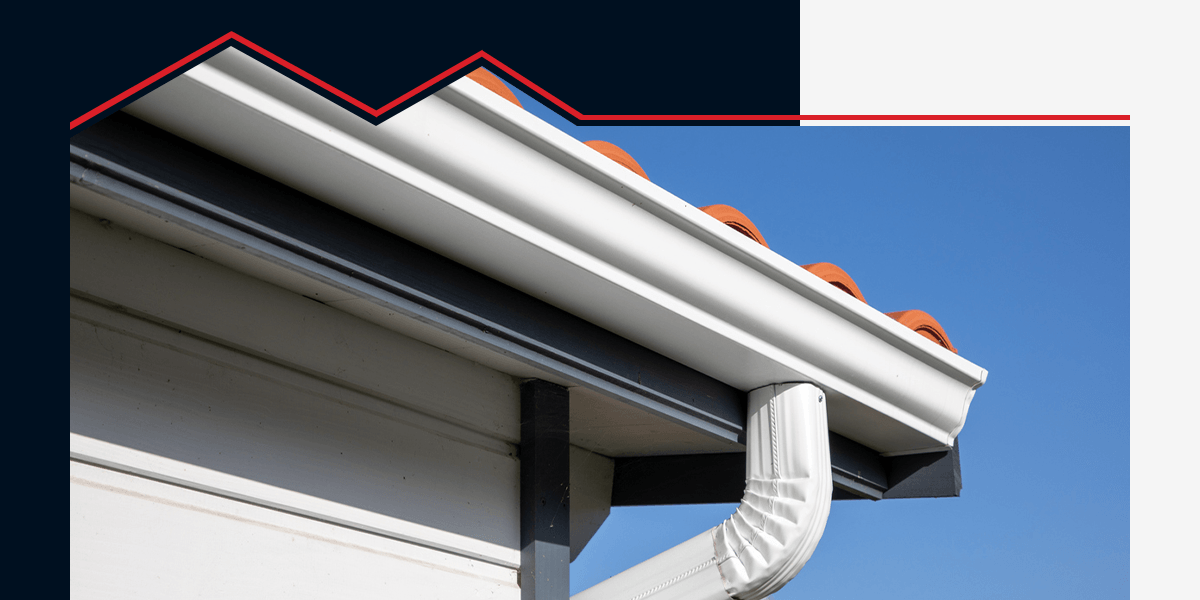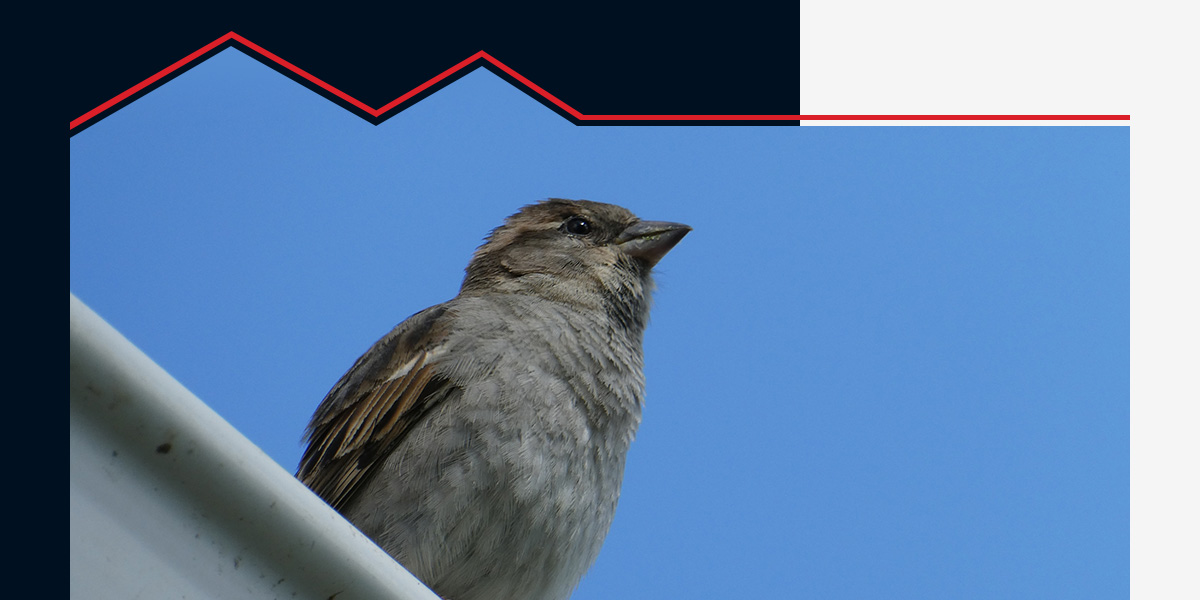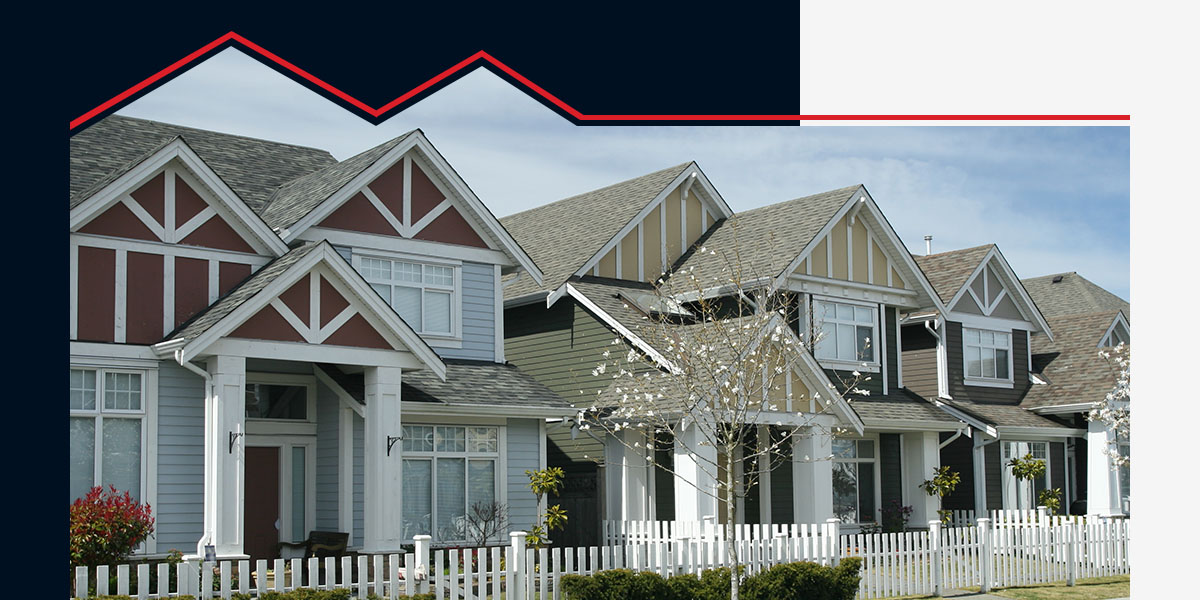
If you’ve lived in an eastern state like Maryland, Virginia or Ohio for at least a full year, then you know the East Coast experiences significant weather changes. Your home’s roof, siding and gutters can bear the brunt of this often volatile climate.
East Coast Weather Trends
Although Ohio, Maryland and Virginia are in the same general geographic region, there are subtle weather differences between the states.
Ohio Climate
Ohio features four distinct climatic seasons. Like much of the rest of the nation and world, the state is experiencing a gradual warming trend. Since the start of the 20th century, the temperature in Ohio has increased by over 1.5%.
Ohio’s three major cities are Cleveland, Columbus and Cincinnati. The average daily high temperature in July in Cincinnati is 86 degrees Fahrenheit, compared to 84 degrees in Columbus and only 81 degrees in Cleveland. In January, the average drops to 40, 37 and 35 degrees, respectively. Cleveland is positioned near Lake Erie and subject to lake breezes, resulting in the area seeing colder air throughout the year.
Maryland Climate
Maryland lies to the south of Ohio and closer to the Atlantic Ocean. The state’s topography ranges from the rural and mountainous region in the west — the central Appalachians — to the flatter coastal portion in the east. The state’s average annual temperature is 55.1 degrees Fahrenheit. July is the warmest month, with daily high temperatures typically in the mid-to-upper 80s. In January, the coldest month, the average low falls in the mid-20s.
Virginia Climate
Virginia, much like its southern neighbor, features a diverse geography consisting of mountains, beaches and grasslands. Overall, the Virginia climate is humid, with very warm summers and moderately cold winters.
Despite its southern location, Virginia does receive ample snowfall, especially in the west. The Appalachian Mountain cities of Hot Springs and Blacksburg receive an average annual snowfall of 25.3 inches and 24.7 inches, respectively. In contrast, the Piedmont city of Charlottesville receives 17 inches while coastal Norfolk gets only 6.2 inches.
The Climate’s Impact on Houses
The harsh and unpredictable nature of the Maryland, Ohio or Virginia climate can affect a house’s roof, siding and gutters in various ways.
Snow and Ice
Winters that produce heavy snow and ice accumulations are hard on roofing systems. The extra weight can cause a roof to weaken and eventually collapse, especially with older structures. The issue intensifies if there are multiple storms over a short period where the stress accumulates.
Ice dams can also form on rooftops. When the accumulated ice and snow begin to melt, they flow to the edge of the roof. If refreezing occurs, it can create dams that cause substantial damage to the gutters and flashing.
As ice and snow melt, the water can become trapped in small cracks or holes in a roof. If the liquid refreezes, it can expand and create a larger void in the roofing materials, leading to leaks. Frequent freezing and thawing cycles increase the stress on the roofing system and the likelihood of extensive damage.
Extreme Heat and Humidity
The hot, humid East Coast summers pose multiple challenges to the performance and longevity of a roofing system. Prolonged exposure to intense heat can cause roofing material to shrink and expand, leading to immediate and long-term damage. The hot sun and its ultraviolet rays can make the shingles brittle over time. Appropriate ventilation is crucial for mitigating these issues, especially in well-insulated homes where hot air can’t escape easily.
The humidity that often accompanies hot East Coast weather is another contributing cause of roof damage. The moisture and condensation can eventually cause leaks that jeopardize the roof’s structural integrity. Choosing a waterproof material when installing or replacing a roofing system can lower the risk.
Rain
The climate shared across Virginia, Maryland and Ohio generates rainfall throughout the year. Summer thunderstorms can also bring on heavy winds and hail that are harmful to roofing systems.
Heavy rains loosen and erode shingles over time, eventually causing them to break and blow or fall off the roof. The bare spots they leave behind allow for more intense water penetration and leaks.
Rainwater can also saturate the wooden roof joints, causing them to rot and weaken the entire system. Mold and mildew are other issues created by rain and moisture. Mold can grow and spread rapidly throughout a home, creating substantial property damage and even posing potential health issues like chronic sinus problems, allergy symptoms and respiratory ailments.
Contact AmeriPro Roofing for Your Next Roofing Project
AmeriPro Roofing is a full-service, nationwide company that can meet all your roofing repair, maintenance and replacement needs in Maryland, Virginia, Ohio and across the East Coast. We back our work with a lifetime workmanship warranty for your protection and peace of mind.
Contact us to schedule a complimentary roof inspection today.


